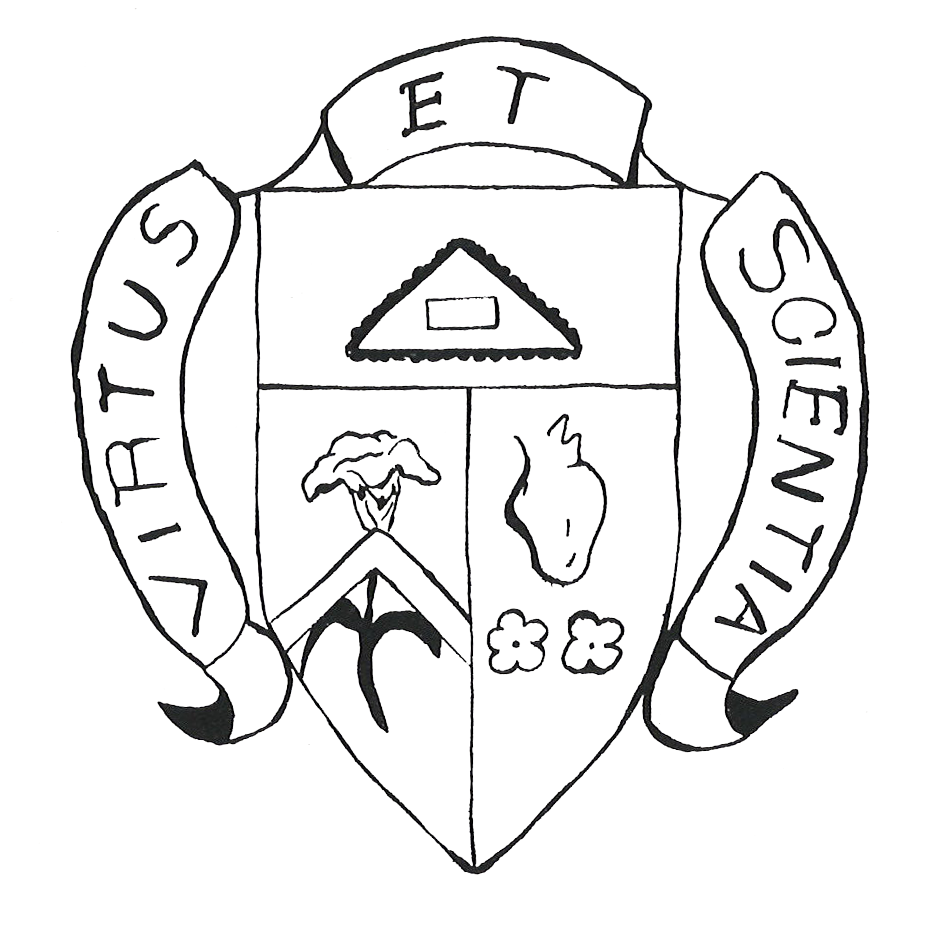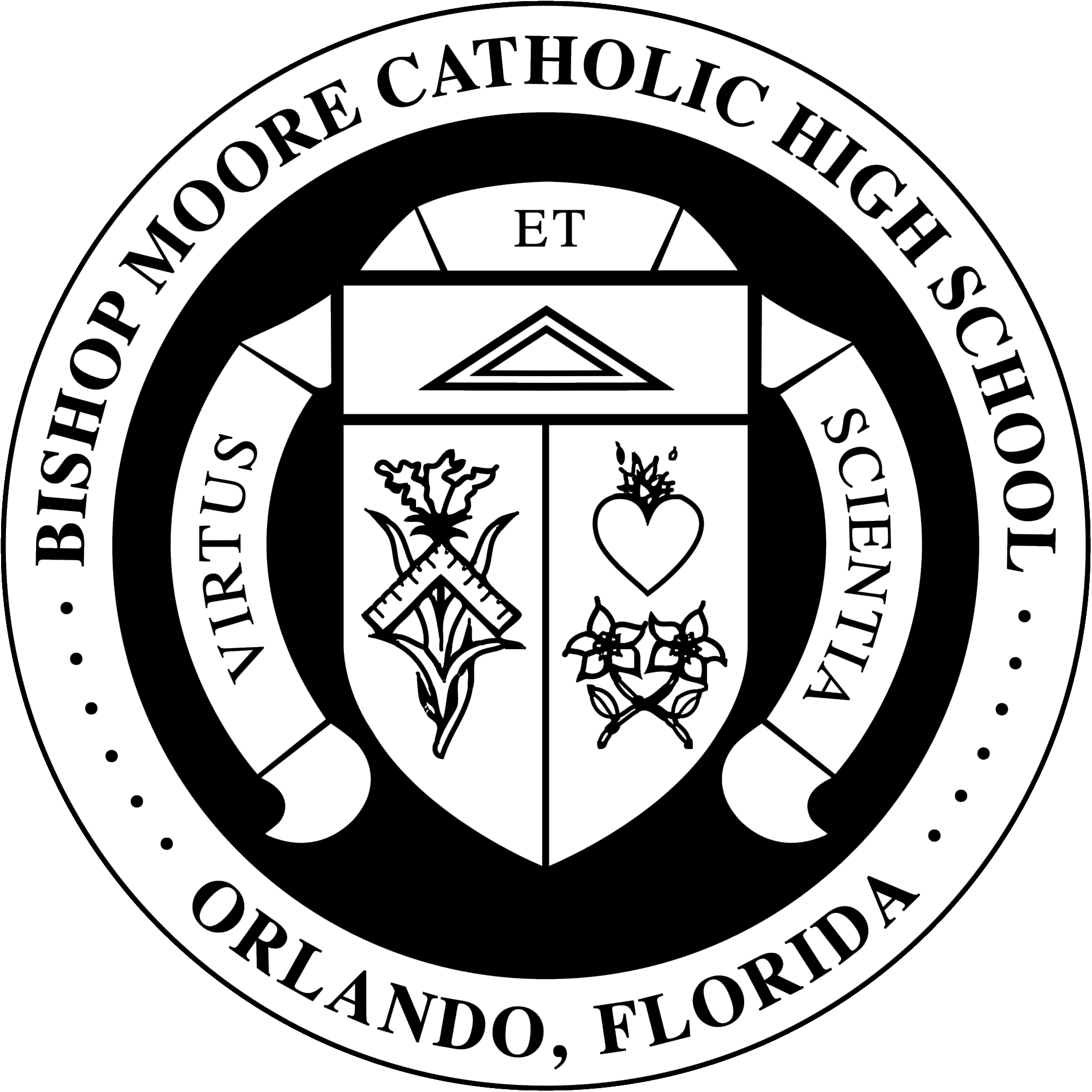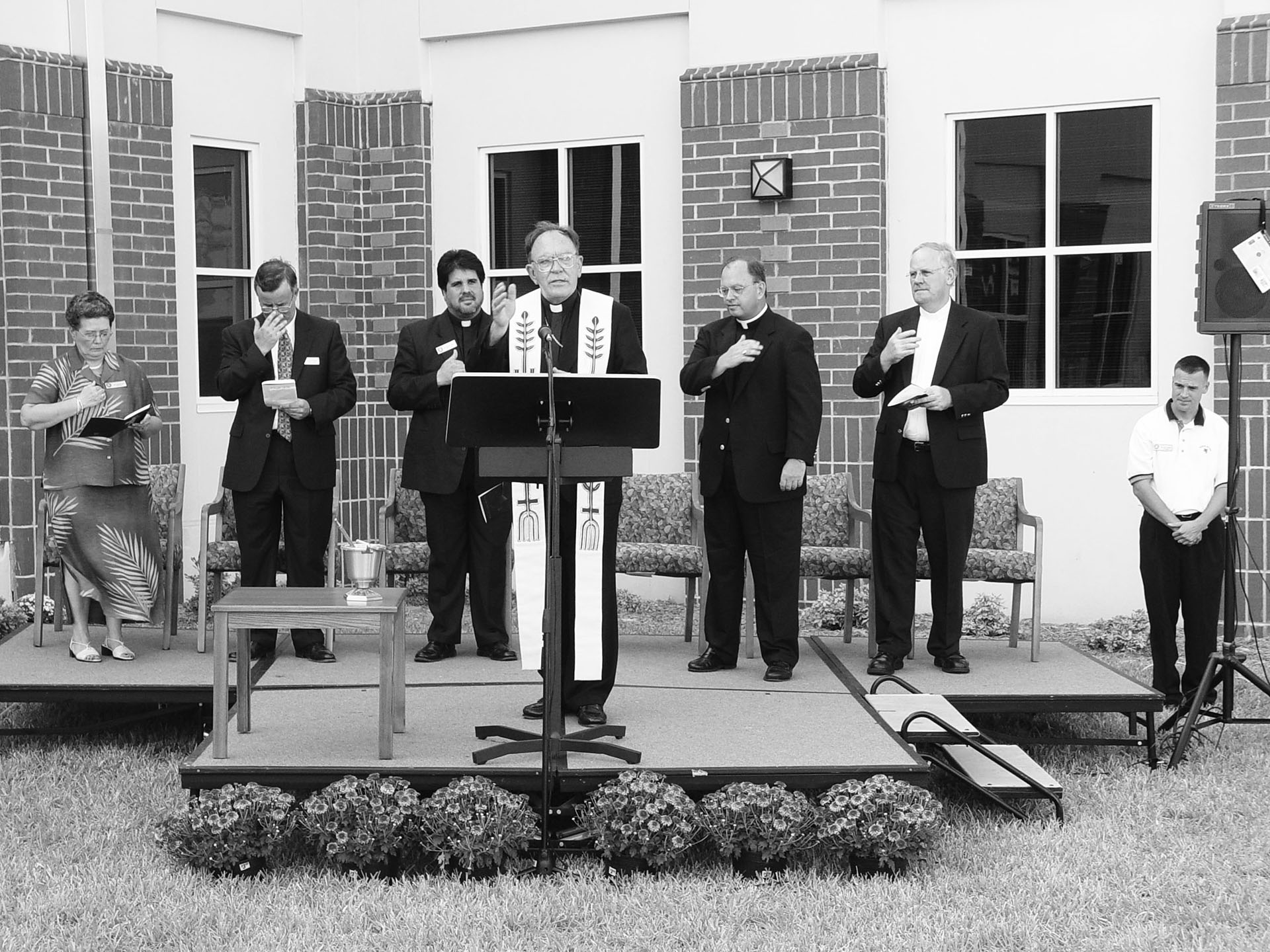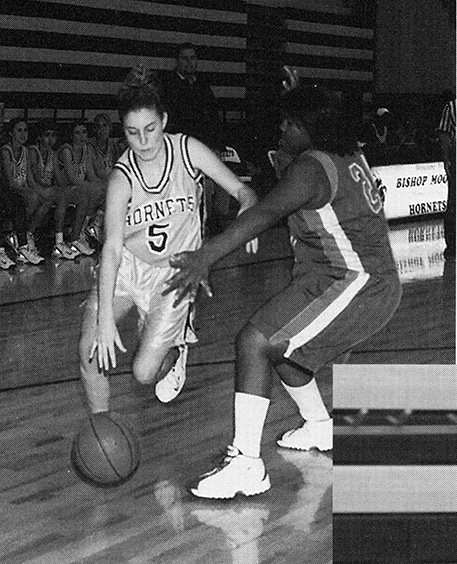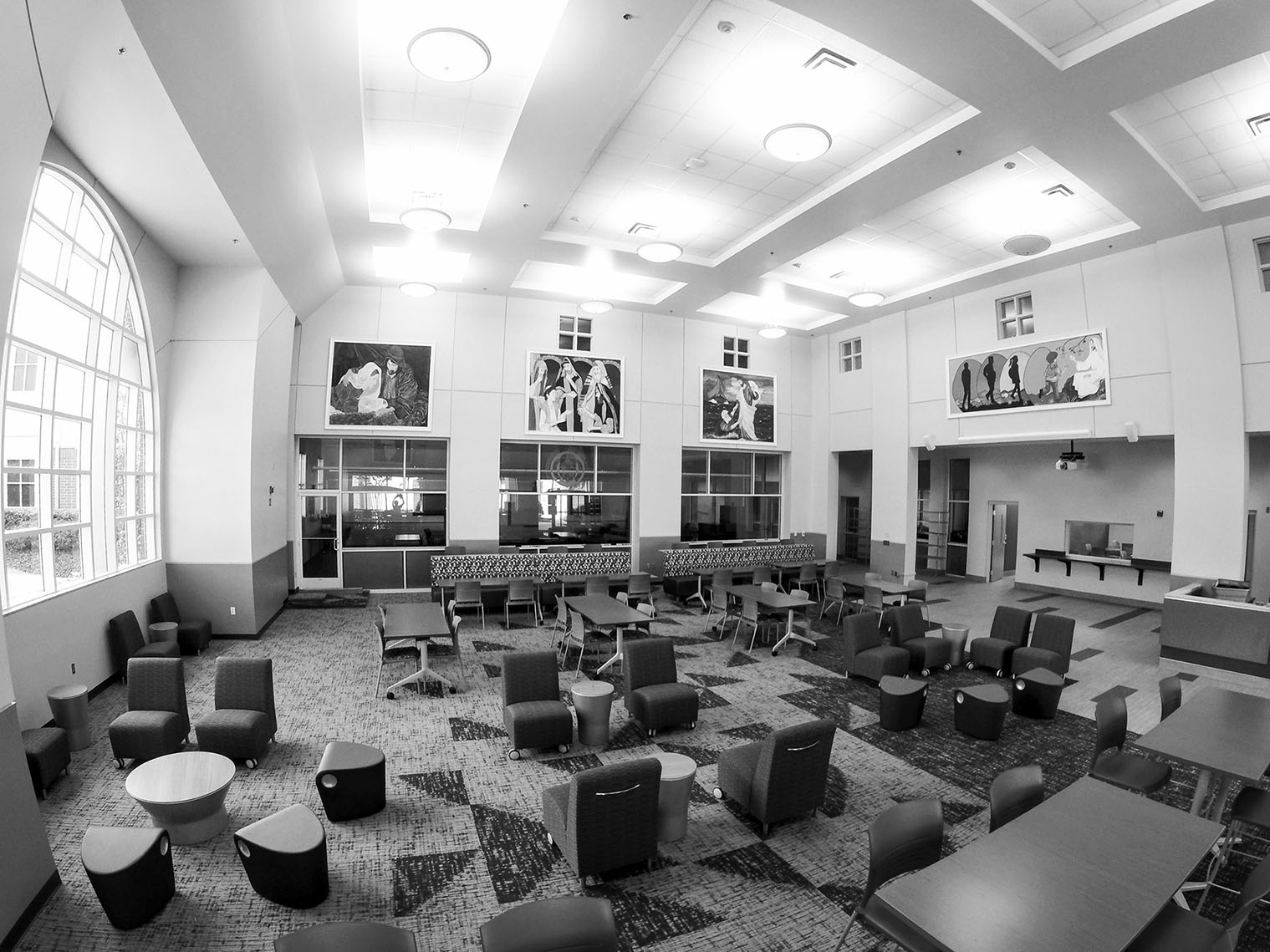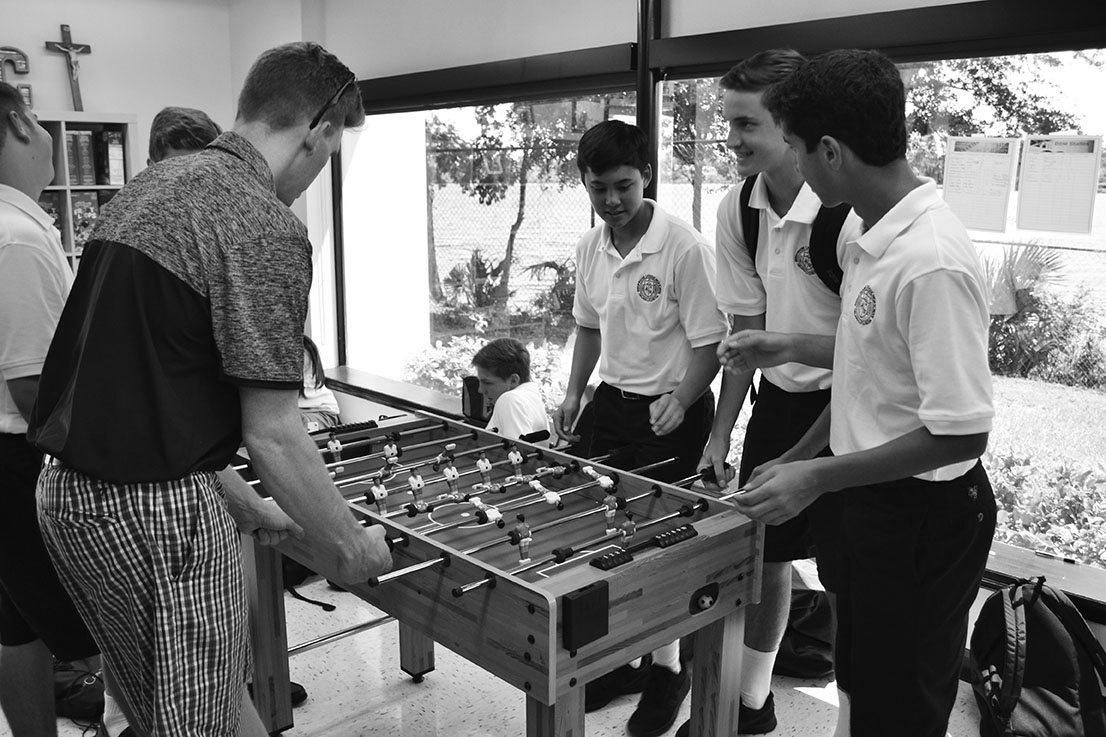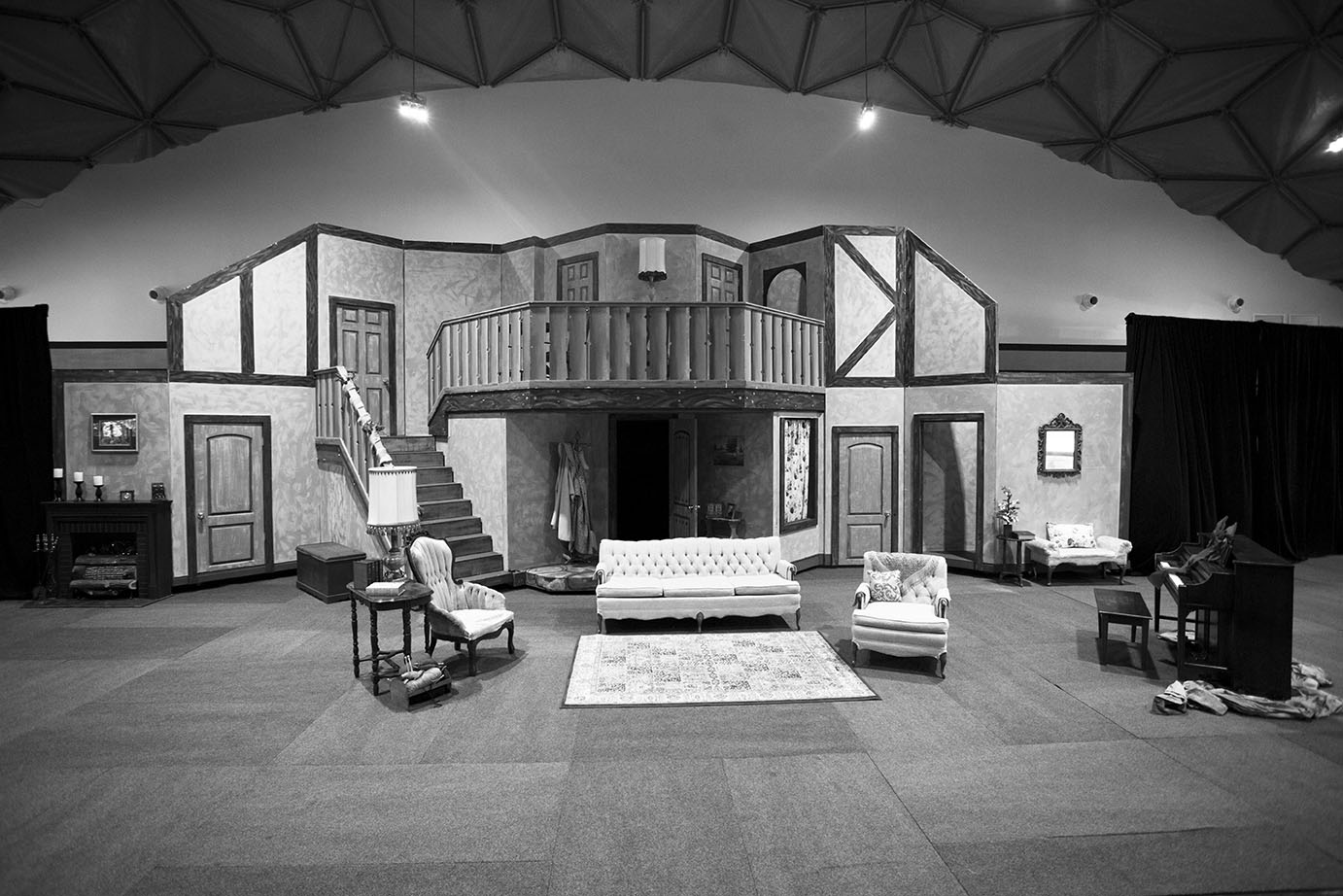Our History
History
Bishop Moore Catholic High School has a rich legacy of faith. Dating back to the mid-1800s and the inception of the Catholic Church in Florida, Orlando's first bishop, John Moore, advocated for quality in both education and doctrine. Since our founding in 1954, BMC has endeavored to build on the foundation of faith he left us by serving the families of our community with excellence and compassion.
Bishop John Moore
Born in 1835 in Ireland, John Moore immigrated to the United States as a teen. John settled in South Carolina with his sister, where he enrolled in seminary and earned a doctorate degree in theology. After being ordained in Rome in 1860, Father John served in the Diocese of Charleston before being elected the second Bishop of the Diocese of Saint Augustine in Florida. While in Florida, Bishop Moore purchased land for the first three Catholic churches in the Orlando area. He spent much of his time caring for the sick and recruiting priests and parishioners to grow the newly founded Florida church.
Bishop William Borders
First Bishop of the Diocese of Orlando (1968-1974)
On May 2, 1968, Pope Paul VI named Father William Borders the Bishop of Orlando, and he was ordained the following month. Bishop Borders worked to implement the directives of the Second Vatican Council, with particular emphasis on the issue of collegiality or shared responsibility. He formed The Office for Farmworker Ministry, the Council of Catholic Women, started the Cursillo movement in Orlando, formed the Charismatic movement here, and expanded the role of the laity in distributing communion. He advocated for religious education at all levels and served on the US Catholic Conference Committee on Education.
Bishop Thomas Grady
Second Bishop of the Diocese of Orlando (1974-1990)
Pope Paul VI appointed Bishop Grady the second bishop of the Diocese of Orlando, and he was installed on December 16, 1974. Bishop Grady was shepherd of the diocese during a period of dramatic growth. He established 22 new parishes to serve the growing number of new residents flocking to the region. Bishop Grady oversaw the establishment of the San Pedro Spiritual Development Center, he established a mission office to forge a relationship with a sister diocese in the Dominican Republic, and he encouraged the greater participation of women in the work of the Church.
Sisters of St. Joseph
The Sisters of Saint Joseph are a congregation of religious women who work to alleviate conditions that cause poverty, suffering, and oppression in our community. Since 1954, the Sisters have supported BMC through staffing and volunteerism.
Our Crest
The Bishop Moore Catholic seal is symbolic of our ideals and principles. The Latin phrase "Virtus et Scientia" is translated to mean virtue and knowledge. The heart represents charity while the violets represent humility. The triangle symbolizes the Blessed Trinity. The lily in the left-hand corner represents purity; the carpenter's square symbolizes Saint Joseph, the patron saint of the Sisters of Saint Joseph who teach at Bishop Moore.

